|
This past month, three main things were accomplished. The first in the power supply department, specifically the rectifier that will supply power to all of the organ magnets. I had a 12 amp rectifier that was used to test a siren (the model that spins to make sound). When connected to the 12 amp rectifier, the inside part that spins barely moved and certainly didn’t produce any sound. It was clear that a power supply upgrade was in order. Insert a new 55 amp unit and the siren almost spun right off of my bench!
The second was in the virtual category. Having a Uniflex Relay obviously allows real pipes to be driven. What it also allows me to do is to drive virtual ranks using Hauptwerk. This is a very important feature on the instrument after 7pm when the kids are sleeping (out come the headphones!). This concept was nothing new to me, having done it with my previous two-manual console. What was new is that a friend had given me a PC running Hauptwerk 4 (the version that doesn’t make you pay to use it every month). Also on the PC is a 32-rank Wurlitzer sample set that I can use! Since Hauptwerk would now be running on this separate PC, I needed a way to connect my Uniflex Relay computer to the new Hauptwerk PC. For this I purchased a USB to MIDI interface, just like the one that is driving my piano. When it arrived, I hooked it up but Uniflex couldn’t differentiate between the two interfaces. After talking with Zach Frame, he suggested that I connect with Jim Gallops, who had a large virtual instrument and may have some input. Jim was extremely kind and indeed knowledgeable on the topic, having run over 200 virtual ranks from his Uniflexed console. In fact, he wrote a program that works alongside Uniflex and acts like another chamber interface. After some time (okay, several hours) of programming, the console now plays! Finally, the pedalboard! The second 25-pair cable was installed on the pedalboard which took care of wiring the three expression shoes (12 contacts each), the crescendo pedal (a potentiometer), seven toe studs and the sostenuto switch (located on the general shoe). When I purchased the organ, the pedalboard was completely disassembled and almost complete. The only parts that were missing was the back "up stop" piece that has the twill tacked on. The other piece was a pedal sharp cap. Luckily a friend had a spare up stop piece and OSI still makes Wurlitzer replica sharp caps! Like everything else, there was a several week lead time for this cap but it has arrived! I would like to thank Jeff Weiler and his very helpful staff for locating the copper tacks needed to secure the bushing leather used on the tops of the pedals. I especially enjoyed the direct-to-you shipping made possible by Nick Renkosik who works for Jeff! All I had to do was meet Nick at John’s shop on a Monday! With those tacks, the pedalboard is now complete.
0 Comments
Leave a Reply. |
The BlogCheck out this page for project updates! Archives
July 2024
Categories |
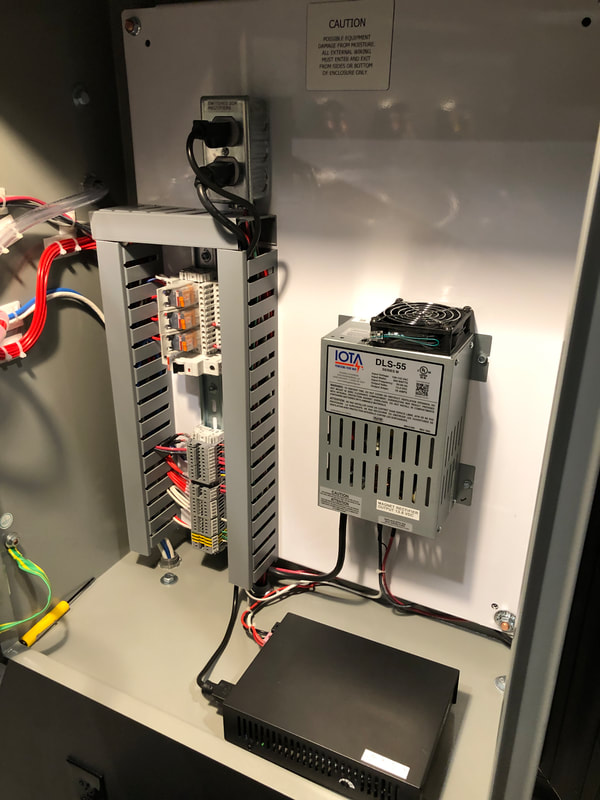
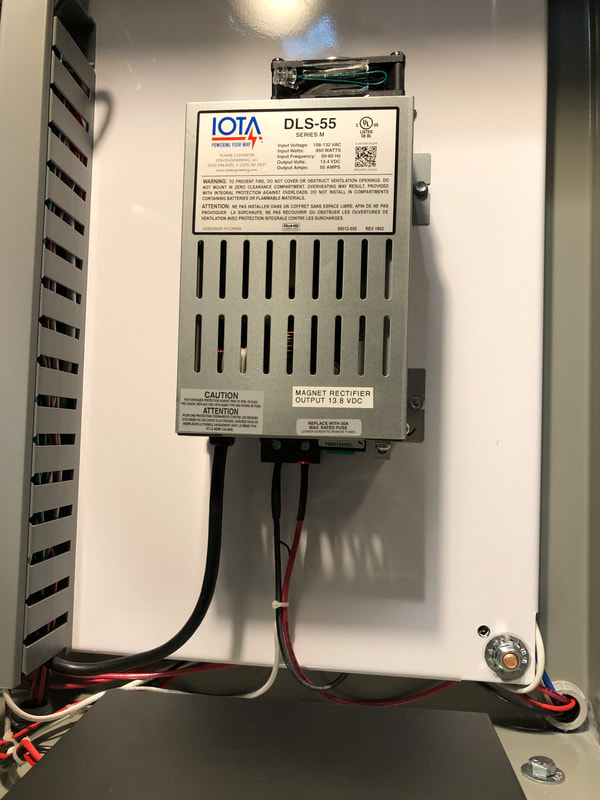
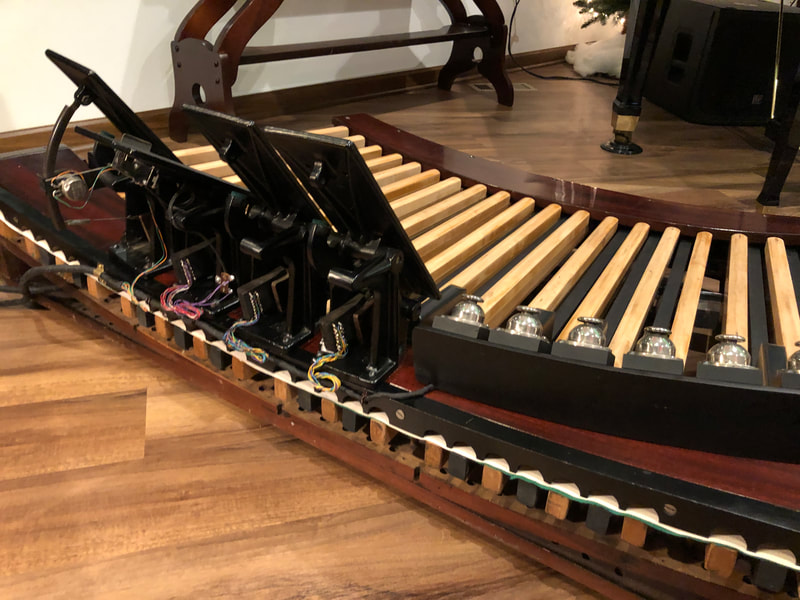
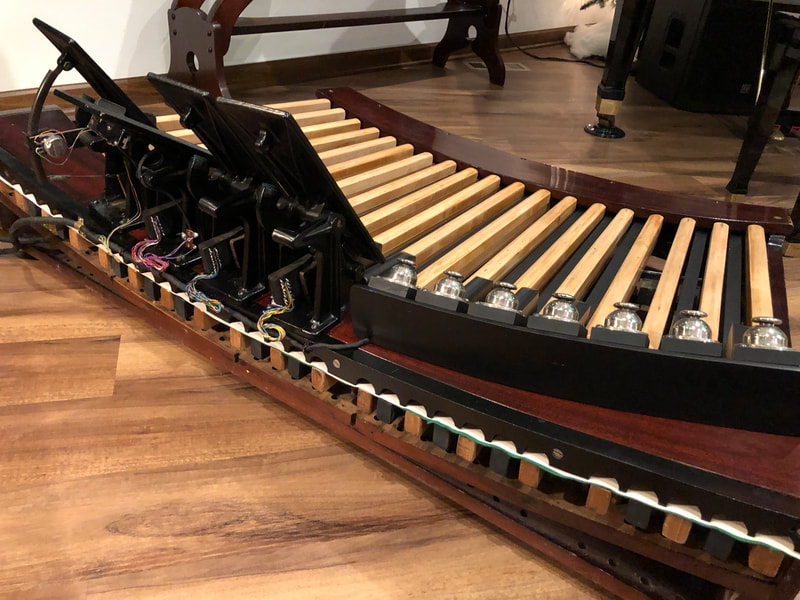
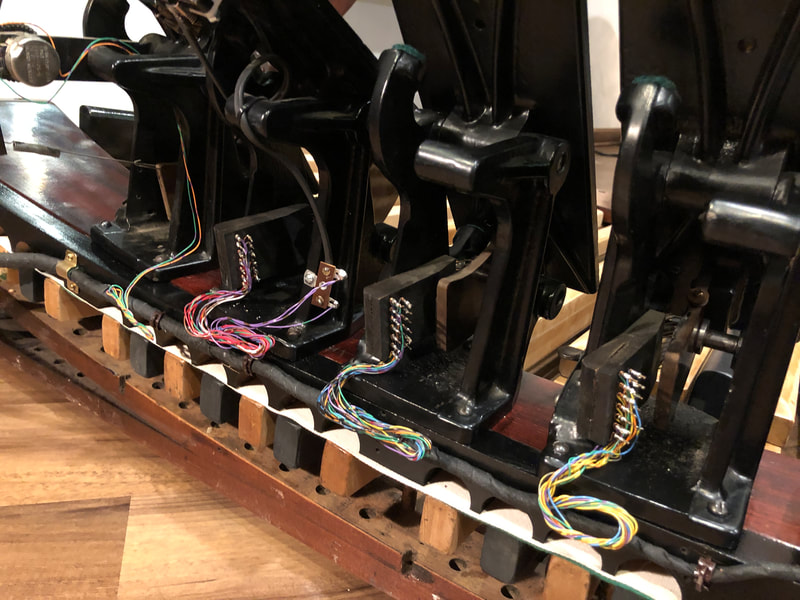
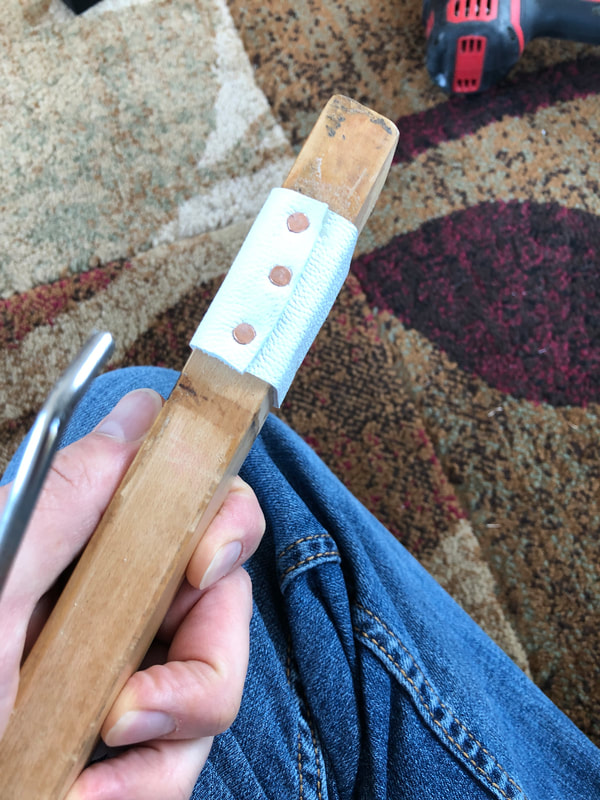
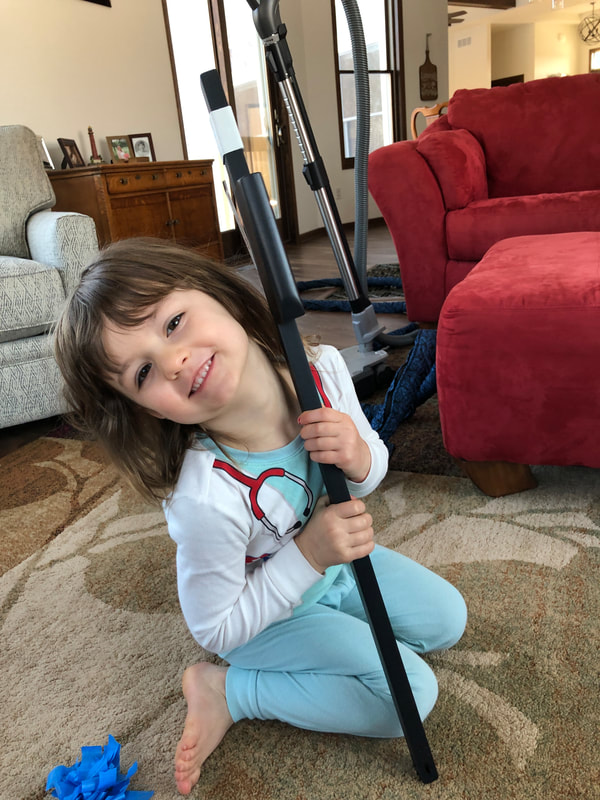
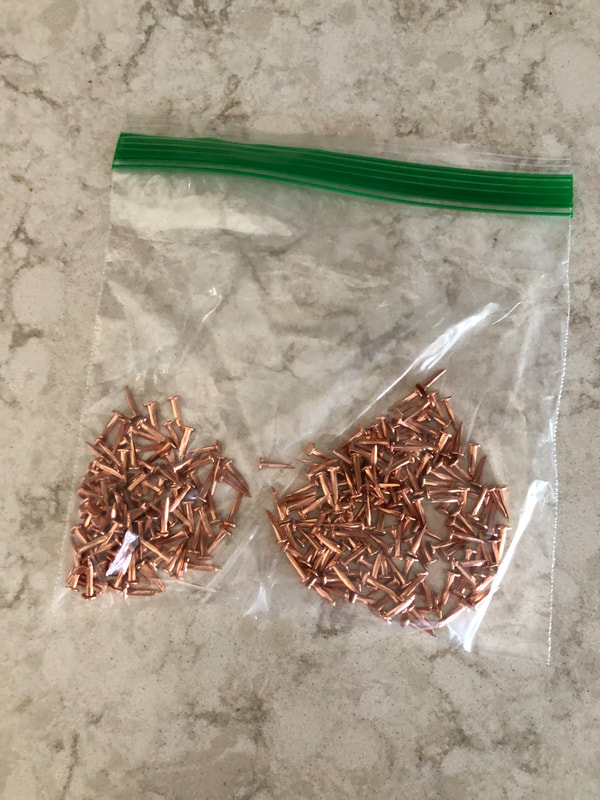
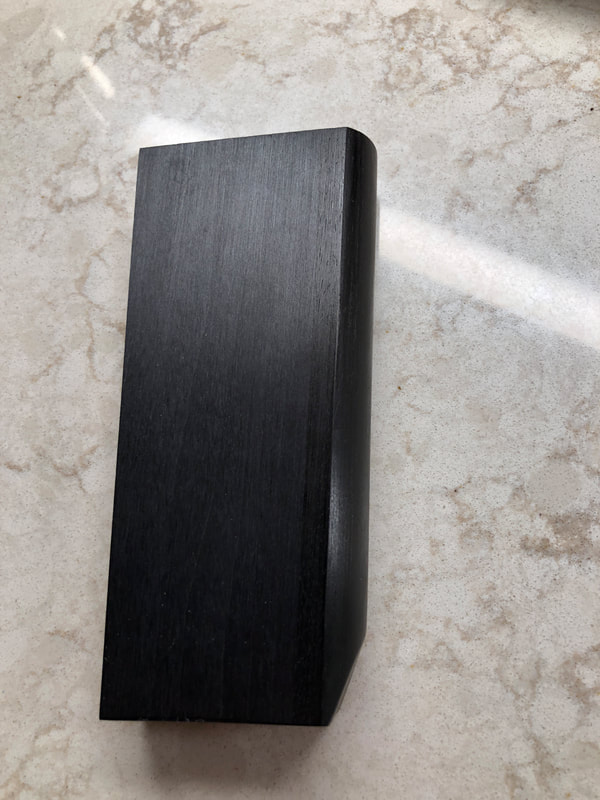
 RSS Feed
RSS Feed
